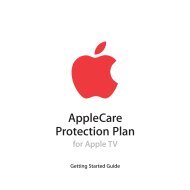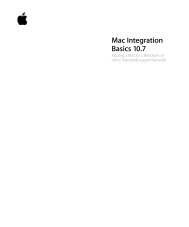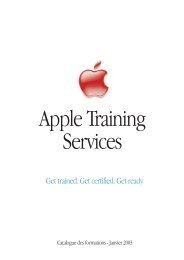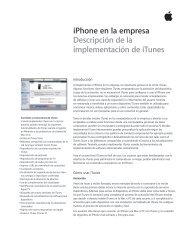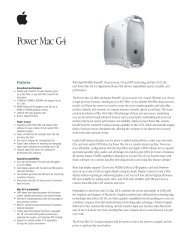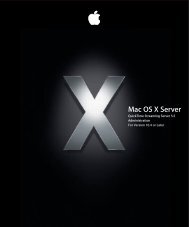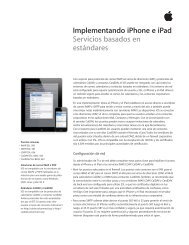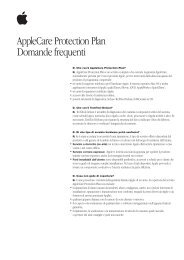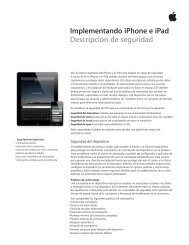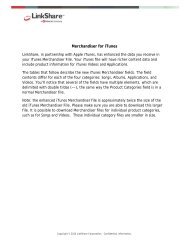In-House App Development Accelerator Guide - Apple
In-House App Development Accelerator Guide - Apple
In-House App Development Accelerator Guide - Apple
Create successful ePaper yourself
Turn your PDF publications into a flip-book with our unique Google optimized e-Paper software.
It’s important to note that a provisioning profi le is not a security mechanism. While it does provide<br />
basic authorization for an app to run, it doesn’t provide user authentication or additional protection<br />
of data used or accessed within your app. It’s always a best practice to secure the app itself through<br />
internal means. As mentioned in the “<strong>Development</strong>” chapter of this guide, you can leverage a wealth<br />
of iOS security features and frameworks for your in-house app. For example, one of the best ways to<br />
secure your in-house app is to create a standard library for user authentication.<br />
3. Sign and build in Xcode. Once your distribution certifi cate and provisioning profi le are installed,<br />
you’ll need to sign your code in Xcode. For more details on the code signing process, follow the stepby-step<br />
instructions provided in the Developer Provisioning Portal.<br />
When your app is signed, Xcode packages it for enterprise distribution with a simple export process.<br />
Use the Xcode Organizer to share a project that’s been added to your archive and select the options<br />
for enterprise distribution. This process automatically packages the app, the provisioning profi le, and<br />
other elements needed for wireless distribution.<br />
Distribution<br />
Once you’ve fi nished building your app, distributing in-house apps can be done either by hosting your<br />
app on a simple web server you create internally, setting up your own in-house app catalog, or using a<br />
third-party mobile device management solution.<br />
The solution that’s best for you depends on your specifi c requirements, your infrastructure, and the<br />
level of app management you need.<br />
Planning • Design • <strong>Development</strong> • Deployment<br />
Overview: Xcode Organizer<br />
The Organizer is a single window for managing Xcode projects, SCM<br />
repositories, app archives, and devices—including one-click setup of new<br />
iOS devices for development. <strong>In</strong> the context of app distribution, the organizer<br />
is the central library from which apps can be shared (exported) for enterprise<br />
distribution. The Organizer can also be used to install in-house apps and<br />
provisioning profi les on connected devices.<br />
27



